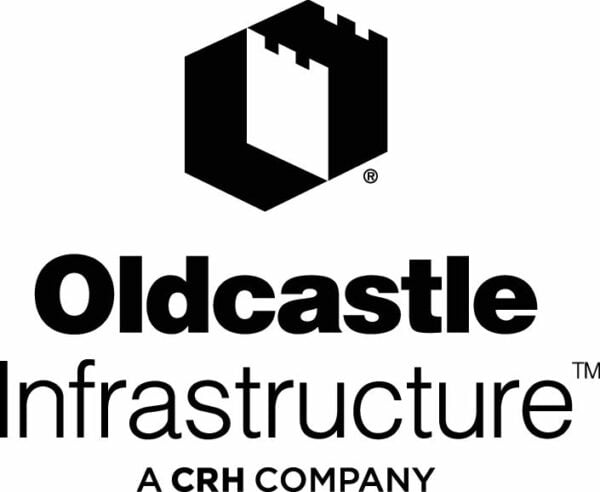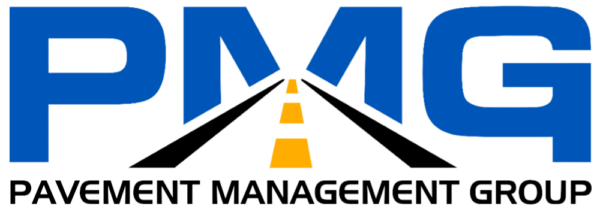
Each year, APWA staff works with conference host committees to brainstorm, vet, and organize Technical Learning Tours (often referred to as Tech Tours) that occur after the closing general session at PWX. These tours will offer 0.1 CEUs and provide attendees with firsthand exposure to selected locations while also receiving relevant and applicable information regarding the location.
Technical Learning Tours may be added to your online registration at a cost of $50. If you are registering using the PDF form, please contact pwx@apwa.org for tour availability. Spaces are limited as noted below. Be sure to plan your travel accordingly!
Transportation is provided to and from each tour location. Participants must use APWA-provided transportation.
Wednesday, August 20, 2025
Metropolitan Water Reclamation District (MWRD) Deep Tunnel Tour
Depart 10 a.m. • Return 12:15 p.m.
Journey beneath the streets of Chicago and into one of the most ambitious public works projects in US history! On this tour with the Metropolitan Water Reclamation District (MWRD), you’ll explore how the city reversed the Chicago River and pioneered wastewater treatment. Descend 300 feet into the Deep Tunnel, witness cutting-edge green tech in action, and see how sewage is transformed into biosolid fertilizer.
Capacity: 50 participants
Chicago Department of Water Management (CDWM) Jardine Water Purification Plant
Depart 10 a.m. • Return 12:15 p.m.
Explore the world's largest conventional water purification plant at the Jardine Water Purification Plant, a cornerstone of Chicago’s water management and a model of public works excellence. Located near Navy Pier, this facility supplies clean, safe drinking water to over 3 million residents in Chicago and more than 100 surrounding suburbs—playing a critical role in urban sustainability, public health, and environmental stewardship. Commissioned in 1968 and still the largest water filtration plant in the world, Jardine demonstrates the power of engineered solutions in water resources. The plant draws raw water from Lake Michigan and uses a layered process of sand and gravel filtration, paired with chemical treatments, to meet rigorous safety standards.
Capacity: 50 participants
Chicago Bike Infrastructure Tour
Depart 10 a.m. • Return 12:15 p.m.
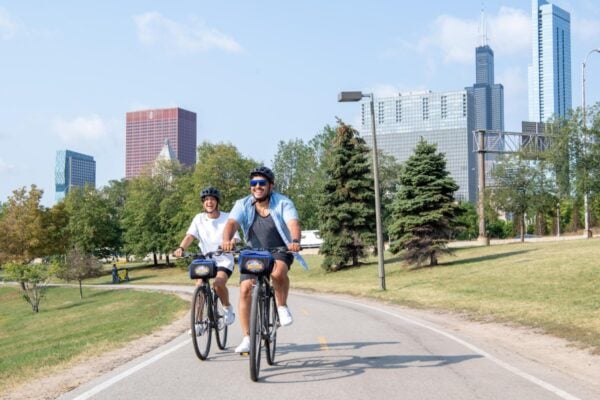
Photo credit: Abel Arciniega
Join the Chicago Department of Transportation (CDOT) for a guided bike tour through downtown Chicago and see firsthand how the city is transforming its streets for safer, more accessible cycling. This tour highlights the newest additions to the city’s bikeway network, including protected bike lanes, neighborhood greenways, and off-street trails. Riders will explore key segments of Chicago’s evolving infrastructure, learn how the city’s Complete Streets projects are reshaping travel for everyone, and see how CDOT is putting the Chicago Cycling Strategy into action. Along the way, CDOT staff will share insights, answer questions, and invite feedback on how these improvements are working in the real world.
Capacity: 50 participants
Old Post Office Redevelopment
Depart 10 a.m. • Return 12:15 p.m.
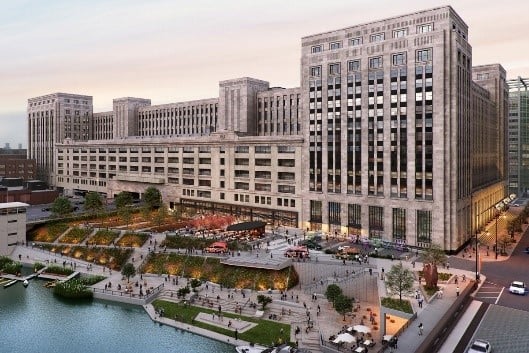
Explore the new Old Post Office Building, whose early 20th-century design has been adaptively repurposed into a beautiful, modern Class A office building. It once seemed as though the stunning architectural details of Chicago's Old Post Office would be lost to time while the building sat vacant for almost two decades. But the 2.8-million-square-foot building, completed in 1934, recently went through a monumental renovation and now serves as a modern, multi-use event and office space that meets today's need for large, light-filled workspaces. See how historic artifacts and building details have been creatively incorporated into the Old Post Office's design, including the conversion of the roof to a 3.5-acre urban rooftop park.
Capacity: 50 participants
Chicago Lock and River System
Depart 10 a.m. • Return 12:15 p.m.
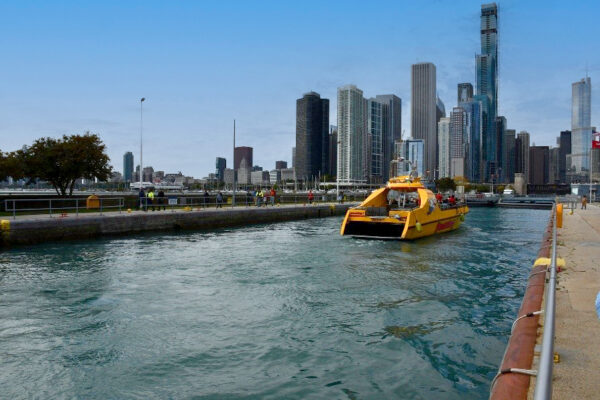 Step into one of Chicago’s greatest engineering feats! Built in the 1930s to help reverse the flow of the Chicago River, the lock keeps polluted water from entering Lake Michigan—protecting the city’s drinking water. Watch this massive system in action as vessels rise and fall between lake and river levels. With sleek new gates and a modern control house, the lock now handles thousands of vessels a year—up to 100 in a single day! Learn how innovation, history, and hydrology come together at one of the busiest locks in the US.
Step into one of Chicago’s greatest engineering feats! Built in the 1930s to help reverse the flow of the Chicago River, the lock keeps polluted water from entering Lake Michigan—protecting the city’s drinking water. Watch this massive system in action as vessels rise and fall between lake and river levels. With sleek new gates and a modern control house, the lock now handles thousands of vessels a year—up to 100 in a single day! Learn how innovation, history, and hydrology come together at one of the busiest locks in the US.
Capacity: 50 participants
Thank You to Our Sponsors





